Since the Wright brothers first took flight aircraft have caught the public’s eye. In the beginning this was mainly because of the marvelous feet that these machines accomplished, but as time progressed the aircraft themselves began to get attention. In the era of World War II inventors like Howard Hughes revolutionized flight with the introduction of the single-wing aircraft. Furthermore, Hughes was obsessed with making the aircraft as high performance and beautiful as possible. This is showcased in the movie “The Aviator” where Hughes will not even accept rivets protruding above the aircraft skin (The Aviator). The aircraft that were produced in this era were widely admired for their beauty as well as performance. This lead the automotive industry to design features into their cars resembling aircraft components.
The first Car manufacturer to draw inspiration from aircraft was Cadillac. Cadillac designer Frank Hershey was the lead designer behind adding fins resembling aircraft tails to the company’s automobiles. The inspiration for the design came to Frank after he saw an Army Air Corps P-38 Lightning pursuit aircraft (American History). This aircraft was unique because it was a twin-tail fighter and looked nothing like anything else at the time. The idea to incorporate twin “tail fins” on Cadillac models was initially rejected by General Motor’s chief designer, but the decision to keep the fins was made after others supported Hershey’s design (American History). The design was very popular and tail fins became a Cadillac staple. The public loved the design and other manufacturers began to release their own models with variations of fins. Some automobiles had subtle tails, while others made the car look like it could fly. This design trend peaked in the 1950s, but modern cars have begun to once again draw inspiration from aircraft.
Automakers have once again began to incorporate designs inspired by aircraft. Modern day sport cars and supercars have adopted many features that closely resemble components of fighter jets. The first feature that companies have adopted is the use air inlets resembling those of a jet. The second feature is the use of sharp edges that resemble the leading edge of a wing. These are often combined with sharp angles to mimic those found on the newest generation of combat aircraft. The supercar manufacturer Lamborghini has even gone as far as designing their top of the line Aventador SVJ with features directly influenced by the F-35 Lightning II. Lamborghini showcases this inspiration in a promotional video where the vehicle is compared side-by-side with the jet. (Aventador SVJ: shaping the future).
The influence of aircraft on the automotive industry has spanned half a century and shows no sign of going away. Fighter aircraft continue to represent the pinnacle of performance and continue to captivate the public with their amazing feats of engineering. For this reason it is safe to assume that aircraft aesthetics will continue to be incorporated onto vehicles for years to come.
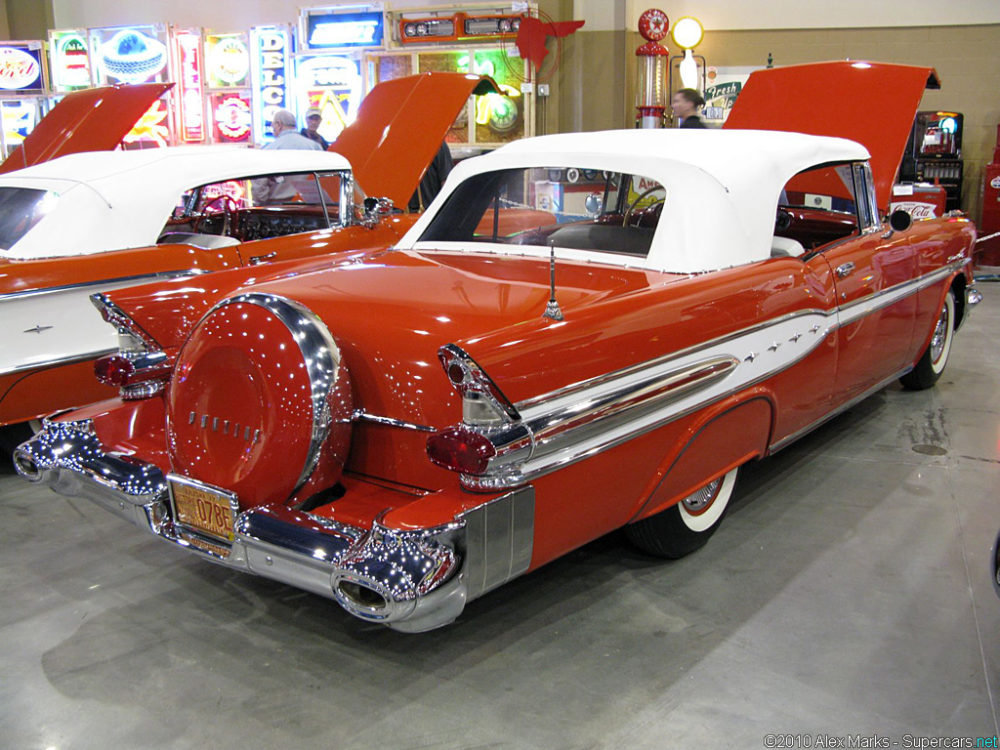
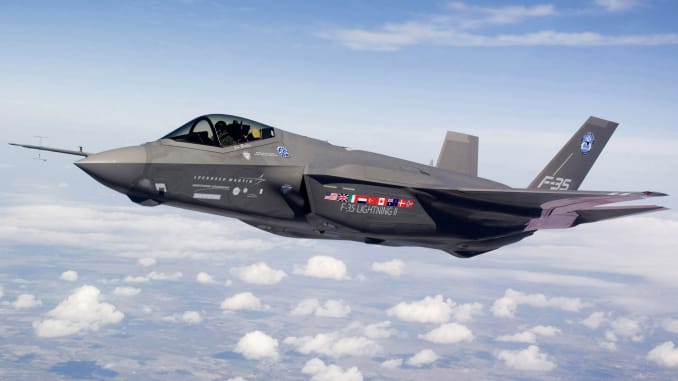
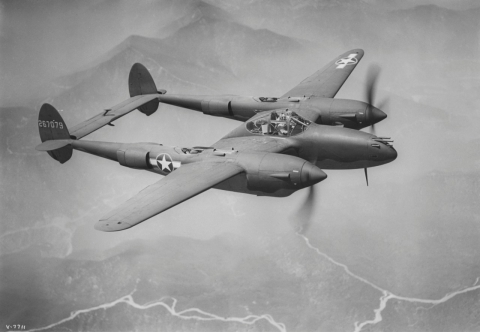
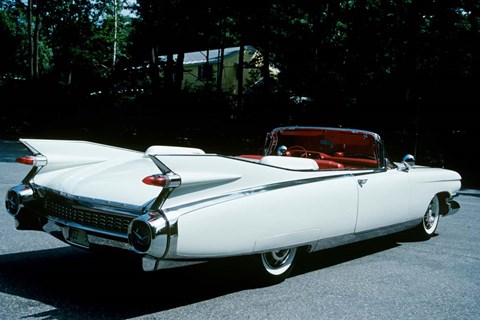
References:
“2019 Corvette Z06.” 2019 Corvette Z06, www.chevrolet.com/performance/corvette-z06-sports-car.
“AutoWise.” AutoWise, autowise.com/19-fantastically-flowing-fins-from-the-fifties/.
“Aventador SVJ: Shaping the Future.” YouTube, Lamborghini, 27 Feb. 2019, www.youtube.com/watch?v=viW44cUfxCE&feature=emb_logo.
“CNBC.” CNBC, www.cnbc.com/2019/07/18/f-35-has-freaked-out-iran-and-changed-everything-in-the-middle-east.html.
“Fulcrum Gallery.” Fulcrum Gallery, www.fulcrumgallery.com/pla.aspx?sku=P961116&source=GoogleAdwords&ad=GoogleShopping_P961116&utm_source=google&utm_medium=pla&gclid=EAIaIQobChMI06DAp42Z5wIVT9bACh3kCwYAEAQYAyABEgKAoPD_BwE.
Grant, Jordan. “When Tail Fins Made Waves.” National Museum of American History, 1 July 2016, americanhistory.si.edu/blog/when-tail-fins-made-waves.
“The P-38: When Lightning Strikes.” Lockheed Martin, www.lockheedmartin.com/en-us/news/features/history/p-38.html.
Scorsese , Martin, director. The Aviator. The Aviator, Miramax, 2004.

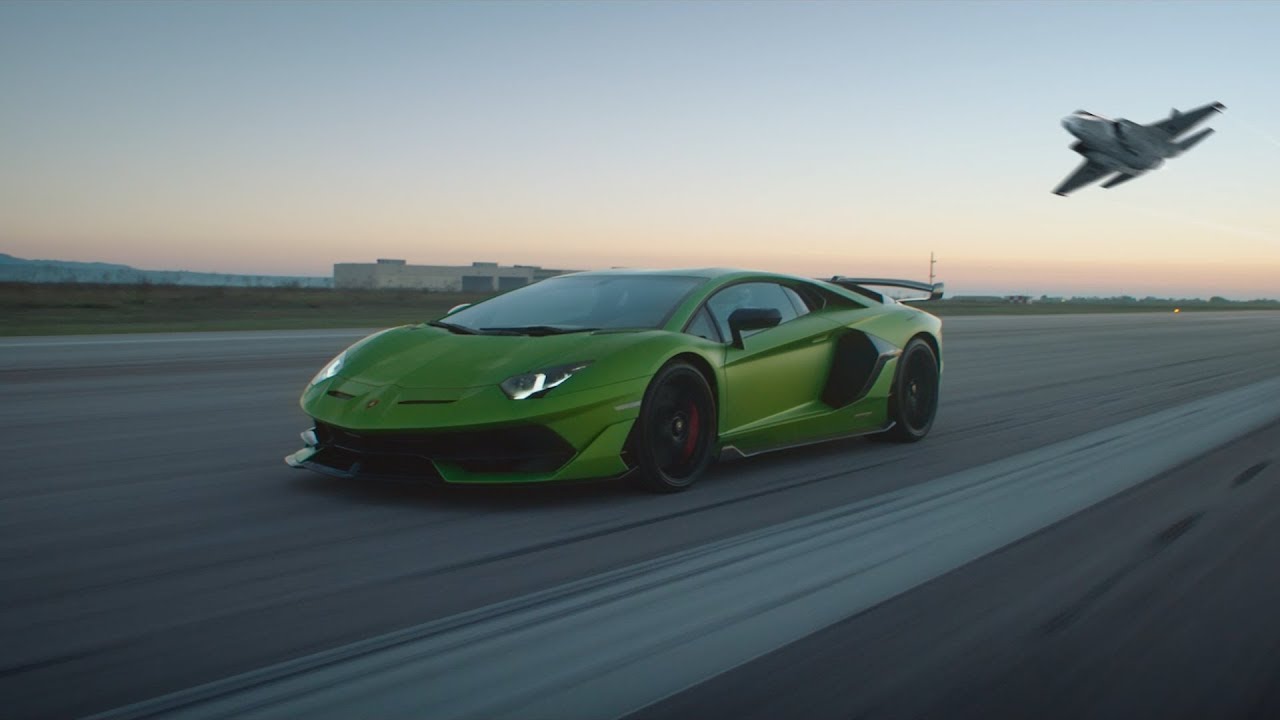
2 Comments. Leave new
Hello Noah,
I absolutely love the topic you chose to explore! How different engineering endeavors can influence each other like the automotive industry and the aerospace industry. I’m sure that you are aware of this but the Ford mustang was just like this, that it was given its name not from the horse but in fact the P-51 Mustang. The aesthetic is really outspoken I can see in the 1950s with the pictures you provided, I almost looks like the cars themselves could take off and fly! Haha, are you interested in flying after graduation?
Hello Joe,
I did not know that the ford mustang was named after the P-51; that plane is actually one of my favorite WWII aircraft! I also agree that many of the cars from the 1950s look as if they could fly. In the beginning automobiles did not flaunt tails and wings so outspokenly, but customers embraced the aesthetic and companies progressively made these features larger and more apparent. My favorite incorporation of aircraft design is the modern day sports car though. I am going to be a pilot and I love the aggressive lines found on modern day fighter aircraft. Any car that pulls inspiration from these machines is beautiful in my eyes.